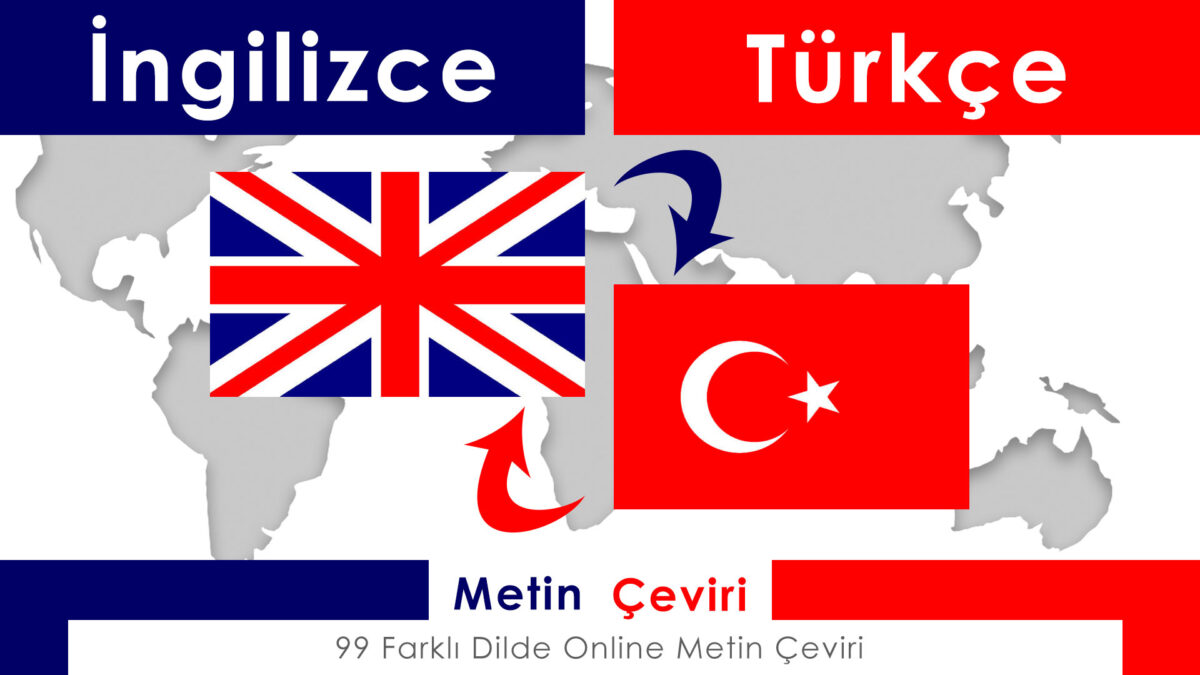| Sonuçlarımız, tek operatörlü HS tekniğinin, em sakinleri arasında iki operatörlü HN tekniğine kıyasla eşdeğer iğne kontrolü sağladığını göstermektedir. HS tekniğinin yoğun ED ortamında iki avantajı vardır. İlk olarak, bir sağlayıcı HS tekniğini tamamlayabilirken, HN tekniği iki sağlayıcı gerektirir (biri iğneyi kontrol etmek için, diğeri anestezi enjekte etmek için). İkincisi, aspirasyon ve enjeksiyonu bir asistana devretmek, bir singleoperator tekniğinin sağladığı enjeksiyon basınçları hakkında anında dokunsal geri bildirimi ortadan kaldırır. Bu, Anesteziyoloji literatüründe bilinen bir endişe kaynağıdır ve aslında standart bir HN Aparatı ile tek operatör tekniğine izin verecek yeni el ve şırınga pozisyonlarına dair raporlar vardır.15 bu el pozisyonları acemi uygulayıcılar için biraz karmaşık görünüyor. HS tekniği, dokunsal geri bildirimi korumak için yaygın olarak bulunan bir kontrol şırıngası kullanarak ED ortamında çok daha çekici olacaktır. Düşük maliyetli ve düşük hassasiyetli modelimiz, çoğu yerli veya uluslararası ED ortamında başarılı bir şekilde kullanılabilir. UGNB’Yİ simüle etmek isteyen herhangi bir EM sağlayıcısı, yalnızca Ugnbs’de bilgili bir doktora, uygun bir ABD, tofu ve ahşap dübellere ihtiyaç duyacaktır. Çalışmamızda tarif edilenler gibi kısmi görev simülatörleri anestezi literatüründe kapsamlı bir şekilde tanımlanmıştır.7,8,10,11,16 çalışmamız, bu tür simülasyon yöntemlerini ED ortamına genişleten ilk çalışmadır. UGNB iğne becerileri, merkezi ve periferik intravenöz çizgiler, artrosentez ve perikardiyosentez gibi diğer ABD güdümlü prosedürlere potansiyel olarak aktarılabilir. UGNB’LER ED ortamında yaygın bir uygulama haline geldikçe, herhangi bir em ikamet programı için bir UGNB müfredatı gerekli olacaktır. Çalışmamızın iğne performansını artırmak için ek yenilikçi modeller ve eğitim müfredatı geliştirebileceğini umuyoruz. |
